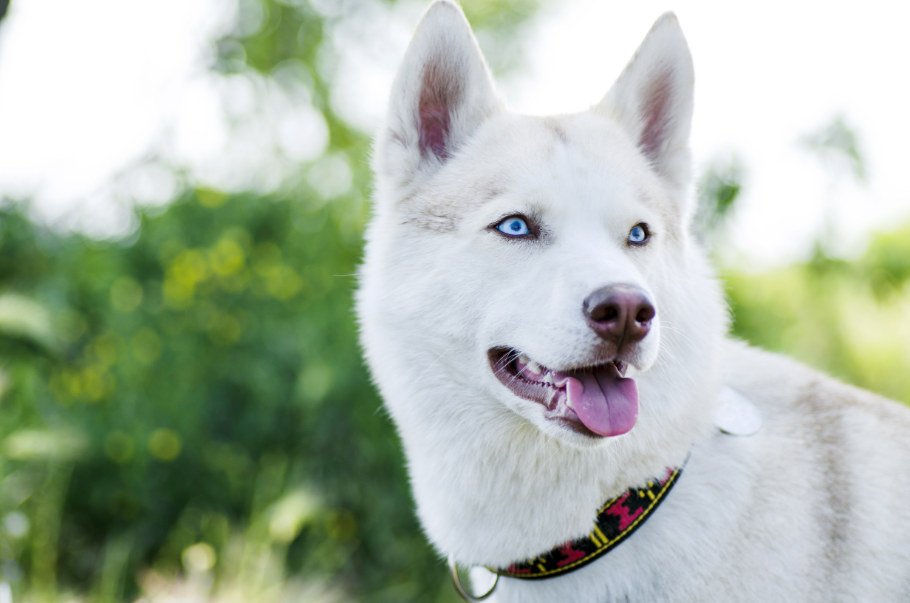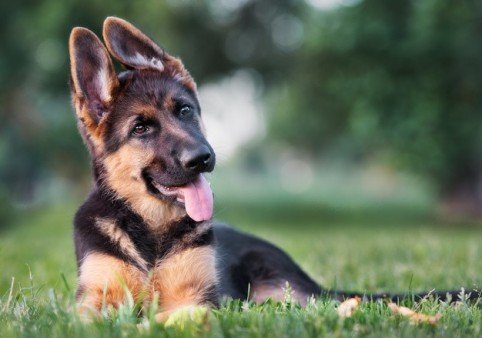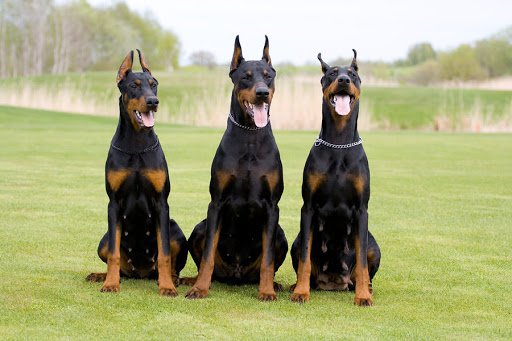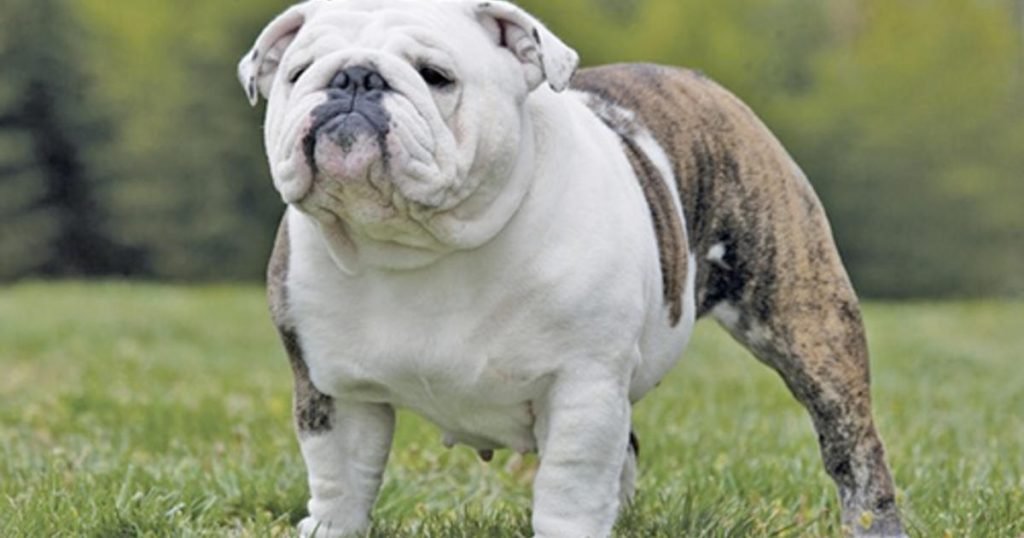It’s amazing that all the beautiful, cute, handsome and pretty dogs in the world come from wolves. This happened 14.000 years ago and it face us today with all these vary of breeds.
Today, dogs still have a loot in common with wolves, for example both dogs and wolves have 321 bones and 42 permanent teeth, but most of the dog breeds are different in appearance. Here we will take a look at some of the best beautiful dog breeds.
If you are thinking of getting a dog, remember that no matter how big, little, shaggy, fast, slow or what breed he is, all dogs make wonderful companions. Please do not forget to share with them love, care and attention to make them happy.
If you don’t see a breed that you think I should have included, please let me know in the comments!
1: Siberian Husky—Sled Dog
Husky owners choose this special breed for their temperaments—a unique mixture of laid-back and sportive. These dogs are playful, happy-go-lucky, loving, and fond of their families. They have a keen, docile, relaxed, and casual way about them. They tend to howl rather than bark. Huskies will be friends with almost anyone, and, therefore, are not good watch dogs. They are happiest when around family members and are part of the group. Their gentle demeanors and group mentality make them very popular as a family dog.
2: Golden Retriever
Goldens get along with all people, be they children, strangers, or seniors. They’re also fantastic with other dogs, cats, and pets. They’ll happily dismiss all the dumb mistakes you’re bound to make. Whether you come home two hours late, forget their dinner, or accidentally step on their tails, they’ll forget it ever happened as soon as you show them some love. Newspaper accounts document the fact that even traumatic events like abuse, abandonment, and accidents don’t affect a golden for any great length of time. A golden’s ability to bounce back and keep on loving and trusting people is legendary.
3: German Shepherd—K9 Dog
German shepherds are the world’s leading police, guard, and military dog. However, contrary to their appearance, they are not hostile. Instead, they are confident, self assured, and ever-so-slightly aloof. These fearless dogs are very affectionate toward those they consider family members but may not seem personable to strangers because they are unlikely to make the first move. However, when approached by a stranger they find acceptable, they will respond with affection. The temperament of a German shepherd is one of quiet confidence and maturity. They are very loyal, forming strong bonds with family members. They have been known to defend owners against large animals such as bears. However, be sure to socialize the German so that it does not become overprotective of family members.
4: Labrador Retriever—Original Water Dog
Chewing and mouthing are common problems among labradors. You will need to keep lots of chew toys and bones on hand in order to save your furniture and shoes. A lab’s favorite greeting is to trot up with a trophy in its mouth, so keep an eye on anything within its reach that is not tacked down. Labs love holding things in their mouths. Virtually anything will do, even hands or arms. But you needn’t worry about getting bitten—if they take your hand, they will do so very gently. A lab can carry an egg in its mouth without breaking it—they have a very soft “feel” to their mouths. They do like chewing on things, though they can be trained not to. If you don’t want to come home and find couches destroyed, you need to be prepared to exercise your lab before you leave the house and provide him with lots of bones.
5: Saint Bernard—Gentle And Giant
The Saint Bernard, known as the “gentle giant,” is enormous, powerful, and well-muscled—all necessary characteristics for walking through deep snow. It is very intelligent and seems to be able to predict when an avalanche will occur.
This slow-moving, gentle dog makes a great family pet. Although not particularly playful, it is good with children. Because of the dog’s large size, care should be taken to prevent accidents, especially around small children. They can be stubborn, but Saint Bernards are loyal to their families and willing to please.
6: Great Dane
Always remember that your great Dane’s temperament is a reflection of your own. If you greet another person warmly, your Dane is likely to do the same; if you are apprehensive or nervous, this will show in the reaction of your dog.
The great Dane is a very sensitive animal. Some people might find it comical to know that the great Dane, in spite of its size, can very easily have its feelings hurt. This speaks volumes about the great Dane’s temperament. They are so sensitive that yelling or using the wrong tone of voice can leave them feeling upset, hurt, or uneasy. More than anything, your Dane just wants to please and protect you.
Owners should always remember that while great Danes are very loving and gentle, they are extremely large, sometimes weighing in at over 150 pounds. This can be very intimidating for strangers, especially those with small children, no matter how friendly the dog. Fortunately, great Danes are just as gentle and friendly with children as they are with adults.
7: Doberman
8: Bulldog
This dog always wants to be close to the owner, and very often it is impossible to stop it from sleeping on the bed—next to you. Also, anyone who has ever owned a bulldog cannot deny its stubbornness. They are very assertive and like everything around them to be calm and quiet. They themselves are almost silent, barking only when necessary. It’s very possible that you will go days without hearing the voice of your pet;
While bulldogs generally get along with anyone and everybody, they do tend to choose one person to stick to. The dog will develop a strong bond with its main caregiver. Bulldogs thrive on attention and love. They do not do well when left alone for long periods. The bulldog isn’t a dog that you can ignore for stretches of time. It is a companion dog, and it need lots of attention and, above all, love from its owner.
While the bulldog is a very sweet adorable clown, the breed does tend to have a mind of its own and can be very willful. You do have to have a firm voice when it comes to training—persistence and patience are key. Never ever be tempted to hit or jerk your bulldog around if it doesn’t do as you want; they will not respond to this and will more often than not rebel against it.

9: Kuvasz
The kuvasz is a very heavy shedder. You’ll find hair all over your home, stuck to everything—you’ll probably even find it in the butter!
If a kuvasz is raised with children, it will be very protective of them. The dog may even extend that protection to visiting children. However, when the kids have friends over, do not leave your kuvasz unsupervised. It’s likely to intervene in a misguided attempt to protect the children.
If a kuvasz is not raised with children, it will need time to get used to their quick movements and shrill voices—these dogs are not automatically good with kids. Teach children never to tease or mistreat the dog.
10: Bullmastiff
This relatively little-known breed of dog may be the best choice for the family that wants good dependable protection for their family members and home. Bullmastiffs often do not gain their full confidence until they are about two years old, so the owner should not expect them to really come into their own until reaching that age. After they mature, they are one of the best—if not the best—watchdogs available.
Many people who see a bullmastiff playing with children cannot believe they can be anything but friendly. However if the need arises, the bullmastiff’s personality can quickly do a 180, changing from a friendly clown into the most determined attack dog imaginable. Bullmastiffs are tough even in the face of pain and will fight through any injury to protect their masters.
Source: PetHelpful


































